Nestled in the enchanting landscapes of the Kumaon Hills in Uttarakhand, India, the Binsar Wildlife Sanctuary unfolds as a haven of biodiversity and natural beauty. This sanctuary, perched at an elevation that offers breathtaking views of the Himalayas, invites nature enthusiasts to explore its diverse ecosystems. In this article, we will delve into the historical tapestry, the intricate dance of flora and fauna, and the immersive experiences that await those seeking a connection with nature in this captivating sanctuary.
What is Binsar Wildlife Sanctuary Famous For?
Binsar Wildlife Sanctuary is celebrated for its panoramic views of the snow-capped Himalayan peaks and the pristine wilderness that engulfs the region. Beyond its fame as a wildlife habitat, the sanctuary boasts a rich diversity of flora and fauna, making it a paradise for nature lovers. The convergence of oak and rhododendron forests, coupled with the Himalayan backdrop, adds a magical element to the natural allure of Binsar.
History of Binsar Wildlife Sanctuary
The historical roots of Binsar Wildlife Sanctuary are deeply embedded in the cultural and ecological tapestry of the Kumaon region. The sanctuary’s establishment reflects Uttarakhand’s commitment to preserving its natural heritage and providing a protected haven for the region’s unique biodiversity. Binsar stands as a testament to the state’s dedication to wildlife conservation and the promotion of sustainable tourism.
Conservation Efforts
Binsar Wildlife Sanctuary is part of Uttarakhand’s broader conservation initiatives aimed at protecting the fragile ecosystems of the Himalayas. The reserve’s establishment signifies the state’s commitment to maintaining the delicate balance between human activities and the preservation of biodiversity.
Flora at Binsar Wildlife Sanctuary
Entering Binsar Wildlife Sanctuary immerses visitors in a vibrant tapestry of flora. The sanctuary’s landscapes showcase a variety of vegetation types, from dense oak and rhododendron forests to open grassy meadows. The lush greenery and unique plant species contribute to the enchantment of Binsar’s natural beauty.
Oak and Rhododendron Forests
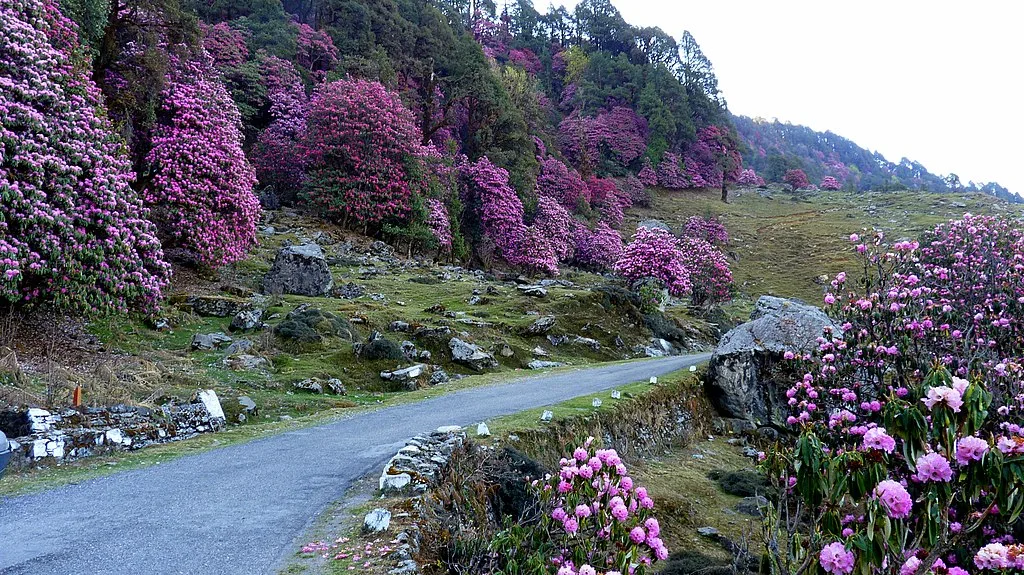
Binsar Wildlife Sanctuary is characterized by dense oak and rhododendron forests that cover the undulating hills. These forests create a haven for a variety of wildlife, providing shelter and sustenance for numerous species. The changing colors of rhododendron blooms during the spring add a burst of vibrancy to the sanctuary.
Alpine Meadows
The open alpine meadows within Binsar Wildlife Sanctuary offer a different perspective, adding to the variety of habitats within the sanctuary. These meadows provide grazing grounds for herbivores and create picturesque landscapes against the backdrop of the Himalayas.
Fauna at Binsar Wildlife Sanctuary
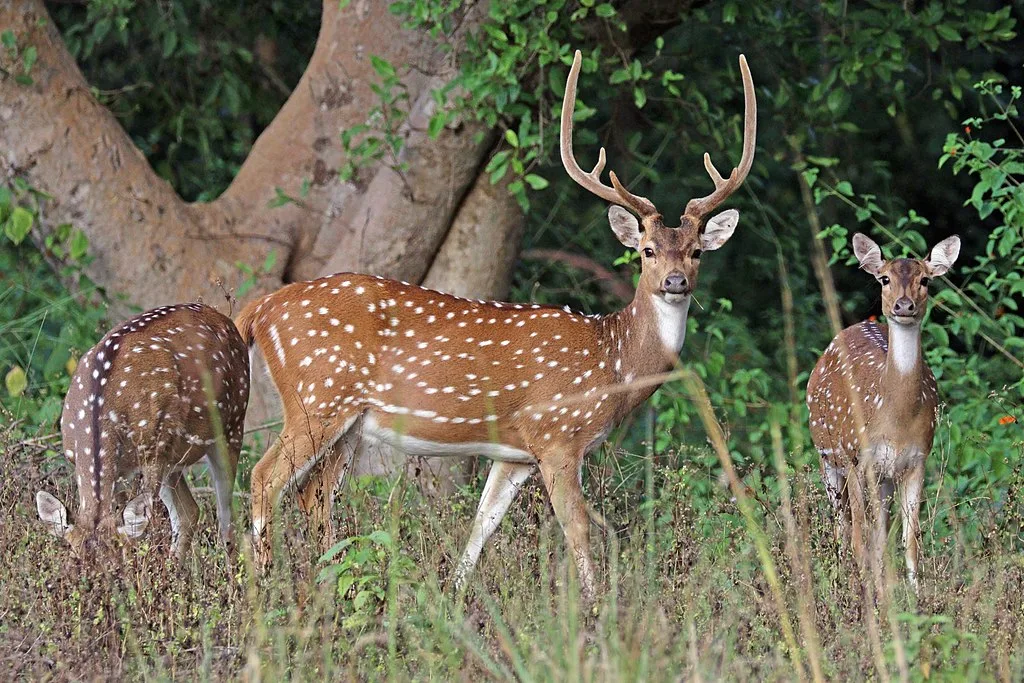
The real allure of Binsar Wildlife Sanctuary reveals itself as one encounters its diverse fauna. While the sanctuary is not home to large predators like tigers, it is a haven for birdlife, small mammals, and a variety of deer species. The varied habitats within the sanctuary contribute to a rich biodiversity that captures the essence of the Kumaon Hills.
Himalayan Avifauna
Binsar Wildlife Sanctuary boasts a rich avian diversity, with numerous bird species gracing its skies and woodlands. The varied habitats, including forests, meadows, and cliffs, create ideal conditions for both resident and migratory birds. Bird watchers can delight in the opportunity to spot and observe the sanctuary’s feathered inhabitants.
Barking Deer and Himalayan Goral
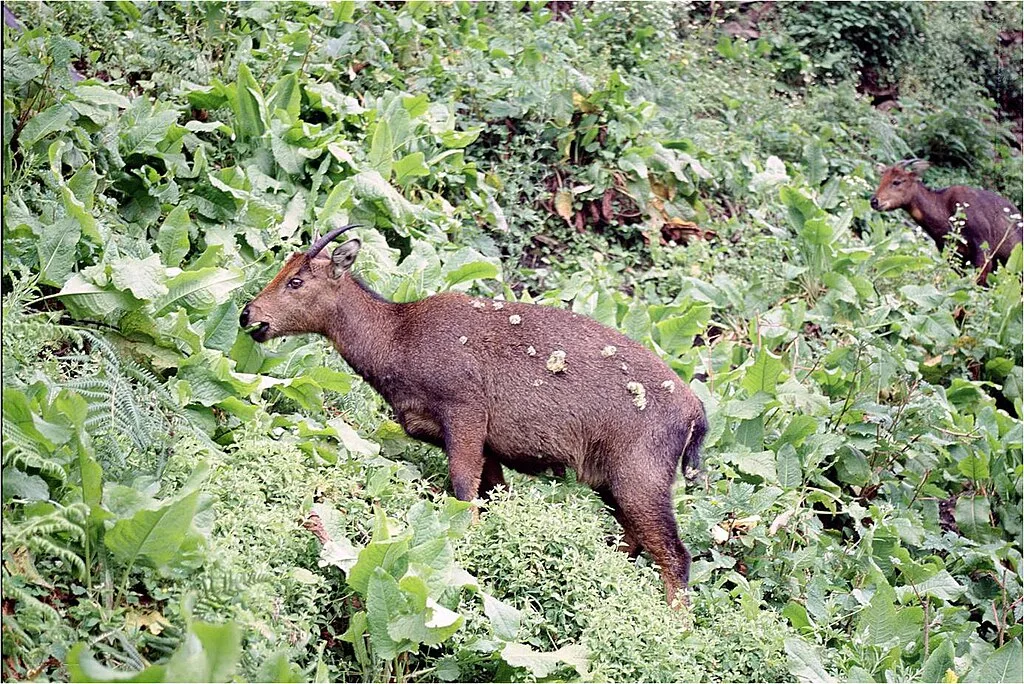
While large predators may be absent, Binsar is home to barking deer, Himalayan goral, and various species of deer that roam through the forests and meadows. These smaller herbivores contribute to the overall charm of the sanctuary. Observing these graceful creatures in their natural habitat is a highlight for wildlife enthusiasts.
Red Fox and Himalayan Black Bear
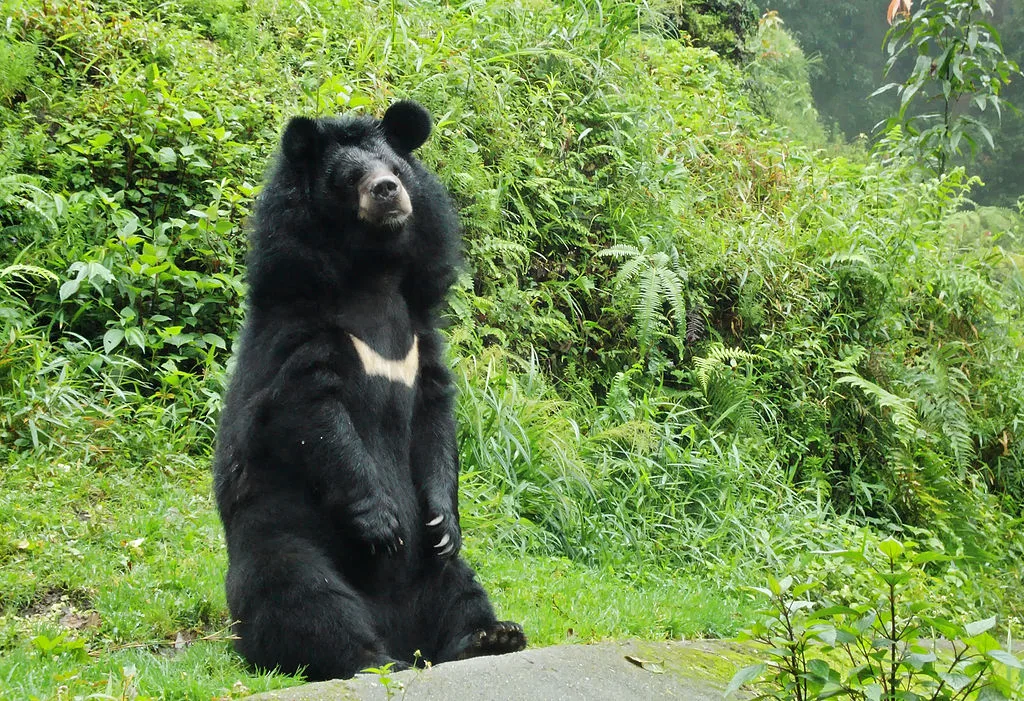
Binsar Wildlife Sanctuary is also inhabited by smaller carnivores such as the red fox and the elusive Himalayan black bear. The diverse range of habitats provides these creatures with suitable environments for foraging and shelter.
Trekking and Nature Walks in Binsar Wildlife Sanctuary
Embarking on treks and nature walks in Binsar Wildlife Sanctuary is a journey into the heart of the Kumaon Hills. The sanctuary offers well-defined trails that lead visitors through its diverse landscapes, allowing them to soak in tranquility and natural beauty.
Zero Point Trek
The Zero Point trek in Binsar takes visitors to the highest vantage point within the sanctuary, offering unparalleled views of the Himalayan range. The trek meanders through oak and rhododendron forests, providing glimpses of the diverse flora and fauna along the way.
Binsar Sanctuary Trail
The Binsar Sanctuary Trail is a nature walk that allows visitors to explore the lower reaches of the sanctuary. This trail is ideal for those seeking a more relaxed and informative experience, with opportunities to observe birdlife and learn about the region’s ecology from knowledgeable guides.
How to Reach Binsar Wildlife Sanctuary
Nearest Airport and Railway Station
For those planning a visit, Pantnagar Airport serves as the nearest air gateway to Binsar Wildlife Sanctuary. The sanctuary is accessible by road from the airport, providing a scenic journey through Uttarakhand’s picturesque landscapes. Additionally, the nearest railway station is in Kathgodam, offering rail connectivity for visitors traveling by train.
Road Connectivity
Binsar Wildlife Sanctuary is well-connected by road, allowing access from various parts of Uttarakhand. Almora serves as a base for reaching the sanctuary
, and public and private transport options ensure a comfortable and scenic journey to the heart of the Kumaon Hills.
Accommodation Options
To enhance the Binsar Wildlife Sanctuary experience, visitors can find accommodation options within and around the sanctuary. Forest rest houses, eco-friendly resorts, and boutique lodges provide comfortable stays, allowing guests to immerse themselves in the tranquility of the Kumaon Hills. It’s advisable to check availability and make reservations in advance, especially during peak tourist seasons.
Best Time to Visit Binsar Wildlife Sanctuary
The optimal time to visit Binsar Wildlife Sanctuary depends on personal preferences and interests. However, the post-monsoon and winter months are generally considered favorable for wildlife sightings and outdoor activities.
Spring Season (March to May)
The spring season brings mild weather and blooming rhododendrons, creating a colorful spectacle in Binsar. This period is ideal for bird watching and enjoying the vibrant flora of the sanctuary.
Autumn Season (September to November)
The autumn months offer clear skies and stunning views of the Himalayas. The weather is pleasant, making it an excellent time for trekking and nature walks.
Things to Do at Binsar Wildlife Sanctuary
Beyond trekking and nature walks, Binsar Wildlife Sanctuary offers a range of activities to engage visitors and provide a deeper understanding of its diverse ecosystems.
Wildlife Photography
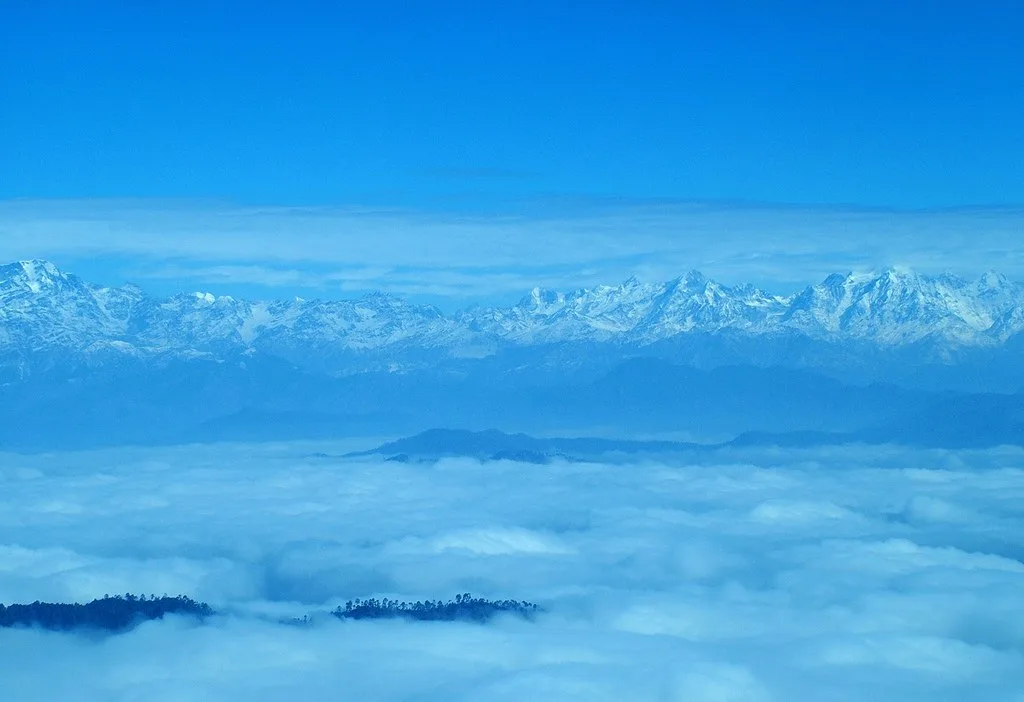
The diverse landscapes and wildlife of Binsar Wildlife Sanctuary offer ample opportunities for wildlife photography. From the vibrant birdlife to the serene landscapes, photographers can capture the untamed beauty of the Kumaon Hills.
Stargazing
Due to its higher elevation and limited light pollution, Binsar is an excellent destination for stargazing. Clear skies during the autumn and winter months provide a breathtaking view of the night sky and the distant Himalayan peaks.
Cultural Exploration
Binsar is surrounded by traditional Kumaoni villages, and visitors have the opportunity to engage with the local communities. Exploring the unique culture, architecture, and cuisine of the region adds a cultural dimension to the sanctuary experience.
Interesting Trivia about Binsar Wildlife Sanctuary
- Zero Point Vantage: The Zero Point within Binsar Wildlife Sanctuary offers panoramic views of the snow-capped peaks, including Nanda Devi, Trishul, and Panchachuli. On a clear day, the view extends to the plains of the Terai region.
- Conservation Significance: Binsar Wildlife Sanctuary serves as a vital corridor for the movement of wildlife in the Kumaon region. Its conservation significance lies in protecting the biodiversity of the Himalayan ecosystem.
- Historical Temples: The sanctuary is dotted with ancient temples, including the Binsar Mahadev Temple and the Jageshwar Temple complex. These temples add a historical and cultural layer to the sanctuary’s allure.
In conclusion, Binsar Wildlife Sanctuary stands as a testament to Uttarakhand’s commitment to both wildlife conservation and sustainable tourism. From the panoramic views of the Himalayas to the diverse flora and birdlife, every aspect of the sanctuary invites visitors to witness the untamed beauty of the Kumaon Hills.
